On a dusty country road in the North Cape province of South Africa, a colorful blue and orange sign greets you with the Afrikaans words “Welkom in Orania.” This unremarkable farm town of 4,000 people is drawing attention domestically and has received international press coverage for its stated objective—the preservation of Afrikaner identity. As traditional communities in the United States wrestle with how to live in a country whose culture feels increasingly foreign to their own values, ideas like those expressed in Rod Dreher’s The Benedict Option seem more and more appealing. Counter to what many progressives believe about American Christians, many are not thinking about forcing their morals on others; in reality, they envision cloistered communities with the safety to shape their children’s identity. This little town in South Africa is proof that such a community is possible.
I visited Orania keen to understand their mission. What I found there was an extraordinary project of cultural preservation.
Simply put, Orania is a private town that owns roughly 3.5 square miles of land. They have set their own community rules that all entering the town must follow, which are listed on the town’s welcome sign. It reads, “You are entering private property… and the right of admission to these premises are reserved”. A following bullet point warns the newcomer, “No Crime will be tolerated,” a welcome message in a country with a homicide rate in the top ten globally. South Africa’s major cities have been consumed by crime to the point that different gangs have their own specialties, like cell phone thieves or carjackers, and it is not uncommon for petty crime to turn violent. The Central Business District of Johannesburg has suffered so much crime that 432 buildings have been abandoned and are now “hijacked” by squatters. Orania quite literally has no crime. Many inhabitants cite this as why they moved there.
This welcome sign is the only English you will find in the town, a deliberate choice made by the community that one of the requirements to live in Orania is being able to speak Afrikaans. For Orania, language is an important part of identity since their ancestors decided to develop their own language in the 1800s, distinct from both Dutch and English. This severed the final cord connecting them to Europe. They deliberately called themselves African, or Afrikaners, in their new language. This focus on language preservation is challenged by government efforts to move South Africa away from its eleven national languages and to the unified use of English. To this end, they have removed Afrikaans as a language of instruction from the university and grade school classrooms.
A major aspect of Orania’s project is to become self-sustaining. In this simple town, you will find welders, construction companies, car repair shops, grocery stores, a radio station, a hospital, schools, and even a bank that prints their own currency. They have also built their own solar farm since the country is in a 14-year energy crisis that has grown progressively worse. The national power company Eskom cuts power to different regions daily according to an announced schedule in a practice they call “load shedding.” The African National Congress (ANC) government appears to be too corrupt to resolve the problem. People have adapted to this grim everyday reality and those who can afford it have put in generators to cover the electricity gaps. Orania’s innovative solar energy response fits the “survivalist settlement” feel of the community and has garnered significant domestic interest.
It has not been lost on the world that Orania’s community guidelines have led to a community without black or colored South Africans, though millions can speak Afrikaans. Yet, Orania is often wrongly labeled “whites only” by major media outlets, though skin color is not mentioned in the requirements to live in the community and is not a consideration if you are willing to meet the other requirements. In fairness, their ancestors were some of the last people of Western descent to let go of ethnic-based oppression of darker-skinned people groups, so some skepticism is not unreasonable.
While the Guardian rushed to label Orania a return to apartheid, the people of Orania reject charges of racism, strongly condemning the apartheid government of the past. Oranians suggest the apartheid government’s desire to centralize control of the state was a rejection of Afrikaner free-spirited values, while they ardently defend their own right to have a community focused on Afrikaner identity. They proudly shared with me how they have been defended by black South African politicians, when they come under attack, referring to a time a communist politician visited Orania at their invitation and was so impressed he expressed a desire to emulate their model.
Will the real South Africans please stand up?
Many of the ethnic tensions that exist in South Africa go back to a fundamental question, who are the actual South Africans? The question of national identity is a thorny problem for the country as it is a collection of tribes and regions, and it is difficult to determine who has a legitimate claim to the land, as the Portuguese, Dutch, English, Zulu, and Sesotho all conquered parts of the region we now consider South Africa. The most convincing original claim is that of the Khosian tribe, which is no longer even classified as black, instead considered to be colored. Today they are almost powerless within South Africa.
Afrikaners and Anglo-African whites will tell you they are African, as their ancestors have been on the African continent for over 300 years, but black Africans tend to disagree. One can imagine why they are not inclined to accept their white neighbors as African when they can remember a time under apartheid when many signs read “Europeans Only”. But for the Afrikaner, there is no homeland beyond the Highveld prairies of Africa.
Afrikaners track their heritage back to a series of waves of immigration, including Dutch, French Huguenots, German, and finally, the English who quickly became dominant and with whom the rest intermarried. But the Afrikaners, at that point still known as the Boers, clashed with the British in the Cape Colony over taxation and abolition of slaves. This was a particularly contentious point for the Boers, as many owned farms and vineyards operated on slave labor. By 1834, the Afrikaners were fed up with British rule and decided that they would strike out and start again. They began what was known as the “Great Trek” across the plains or “highveld” to build new farms and cities. This is a formative part of the Afrikaner identity, they became a people willing to go out and build something new that was their own, valuing freedom and autonomy.
The eventual war between the Boers and the British over control of the region was bloody and forced the Boer army to resort to guerrilla tactics, which drove the British to begin the mass internment of Boer women and children in concentration camps. More than twenty thousand would die in the unsanitary camps. In 1910, the regions of South Africa were unified by the British into a single state, but as the world wars signaled the decline of the British empire, the Afrikaners began to entrench their position of power through more and more aggressive laws to keep the black majority under the increasingly tenuous control of a minority of whites. The apartheid regime they created was in some cases inspired by the fascist governments of Europe and grew increasingly brutal. Years of violent internal protest against apartheid, international pressure, economic decline, and the end of the Cold War eventually forced the white minority government to allow apartheid to be dismantled.
What should become of Oriana?
On a small hilltop on the edge of Orania there is a ring of busts which they call their “refugees”. They are all busts of former Afrikaner leaders of South Africa that were torn down at the end of apartheid, and salvaged by the residents of Orania. On this little hill, with the town spread out below along the banks of the Orange River, the tension at the core of Afrikaner identity between their history and their place in the world is clearly visible, encapsulated by Oriana itself.
In a sense, American Westerners share something primal with these stateless people called Afrikaners. Their story is similar to our wild west. They left civilization for the wildness on the promise of owning their own farmland. They learned to protect each other even as they remained fiercely individualistic. They mastered the wild to make it their home, unlike the English who exhausted the land for its resources. They built two states in South Africa, Natal and the Orange Free State, and they built cities like Johannesburg and Pretoria. When they faced challenges to their autonomy, first they left the British Cape, then they fought the British for their freedom in their new homes, finally they created a system to oppress the black South African majority to ensure they didn’t lose political power. Each time, their plans eventually failed them. Each time, this people has started to build again where they can. Orania is another attempt to carve their place in the world, this time through a self-sufficient community. I hope for their sake they succeed and can avoid the mistakes of their ancestors.
As the sun sets over Orania, the people gather in the town’s makeshift gym to watch their community league play a netball championship. As the young people play, moms act as the refs and friends and family cheer on their team. Nearby the younger children have climbed up a piece of scaffolding to play a card game. It would be difficult to root against this town. Even though the project faces long odds they know what their identity demands of them. The Afrikaners are building once again.
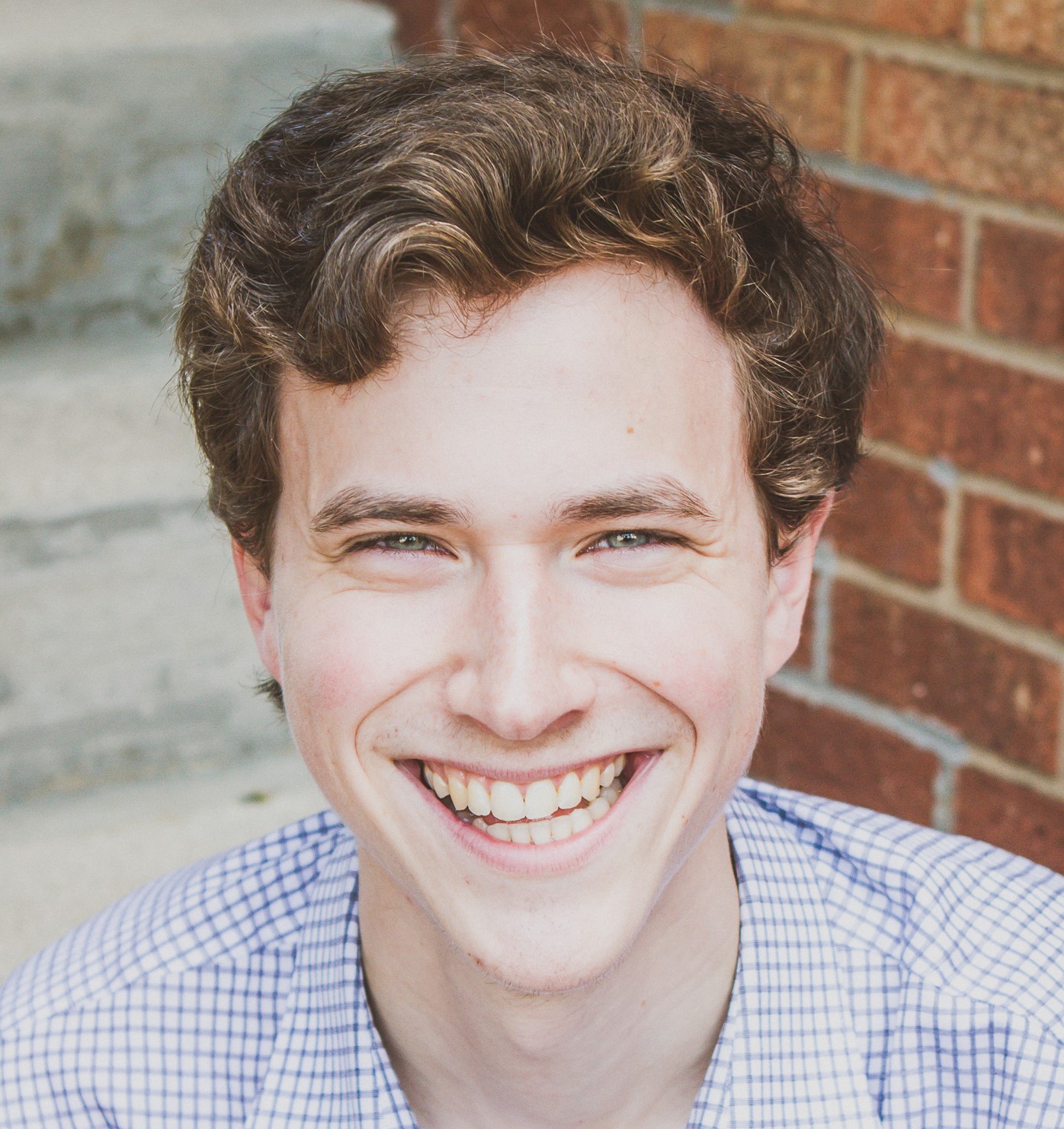
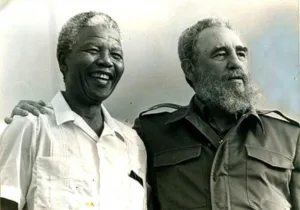
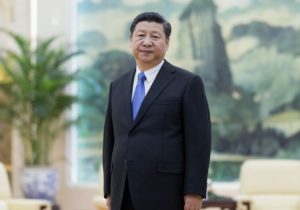
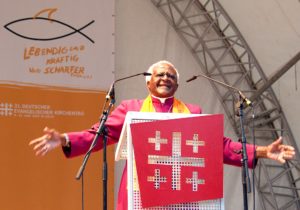
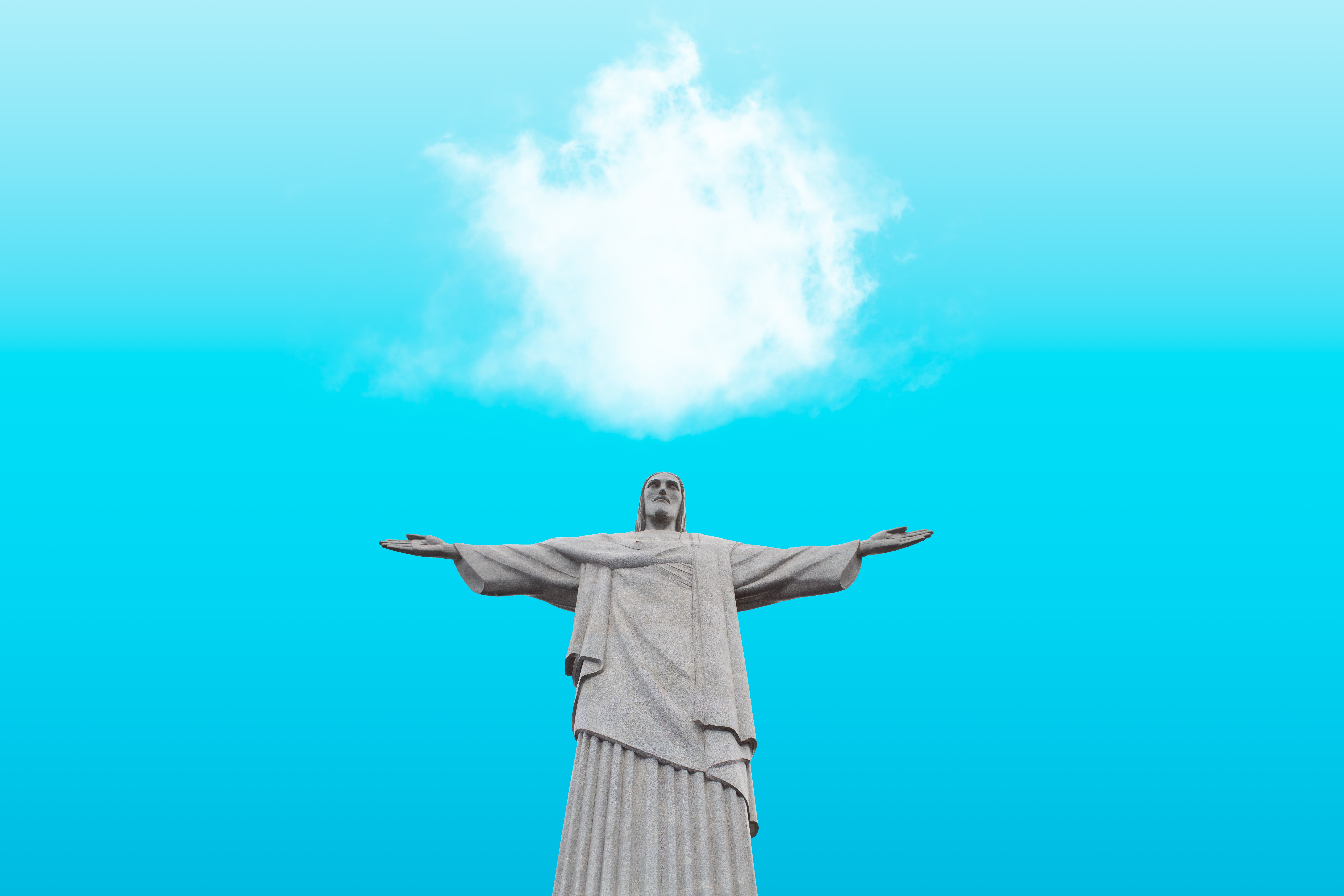
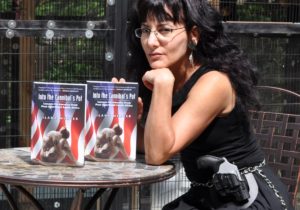

 Sponsor a student for Christianity & National Security 2024
Sponsor a student for Christianity & National Security 2024